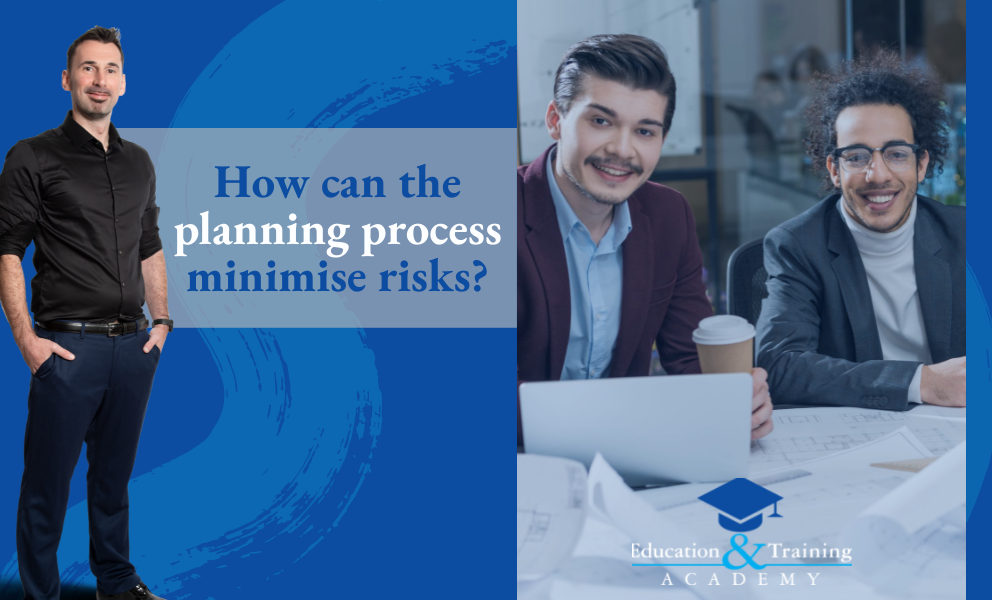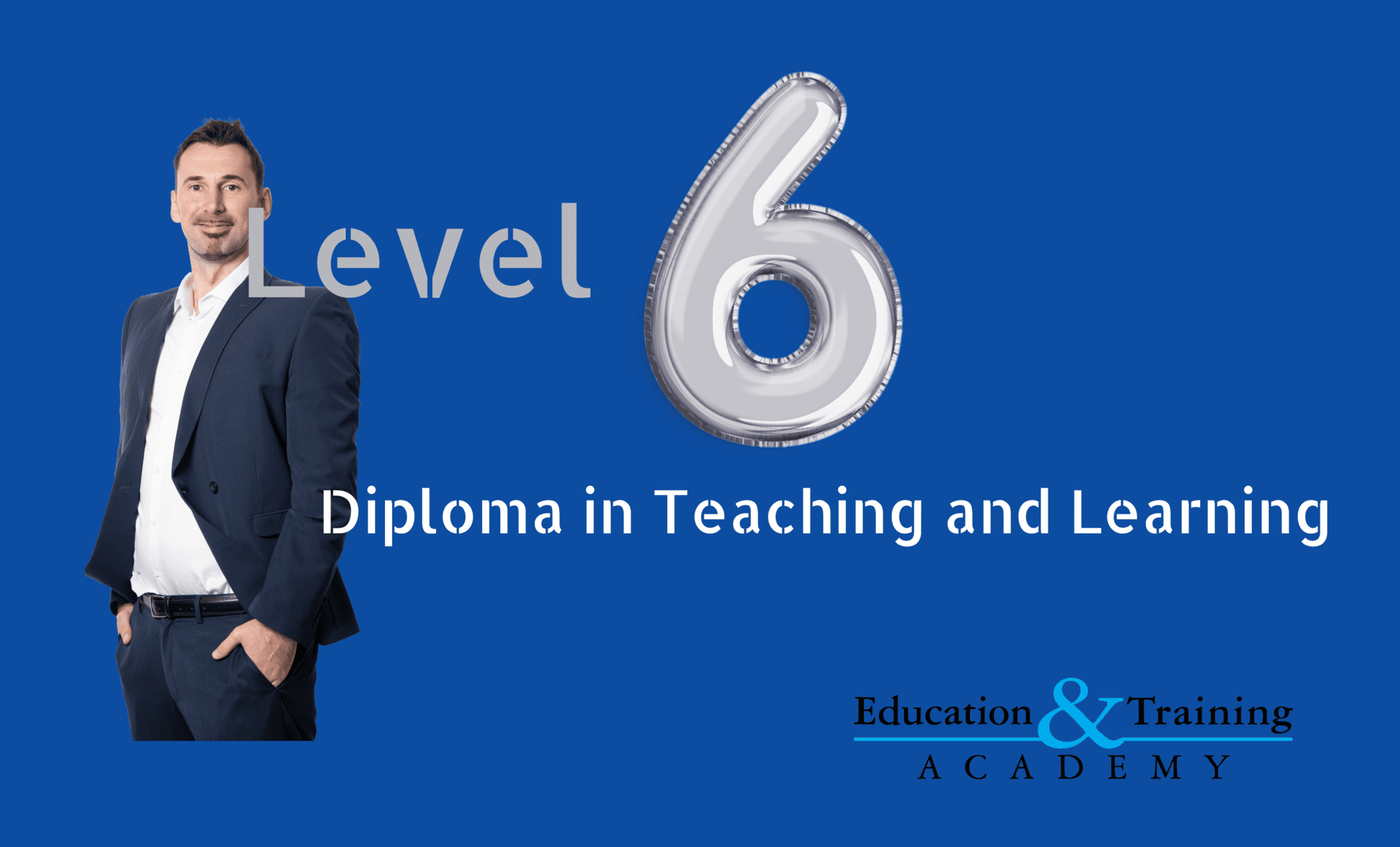
Minimising risks in the Level 3 Certificate in Assessing Vocational Achievement (CAVA)
How do we minimise risks in the Level 3 Certificate in Assessing Vocational Achievement (CAVA)
How do we minimise these risks? In the Level 3 Certificate in Assessing Vocational Achievement (CAVA), the first thing I do is list out potential risks that could occur. Next, I will check is the qualification specification. Are there any assessments open to me that will allow me to adapt assessments to meet individual learner needs? Are there are organisational policies I need to be aware of to help minimise these risks? Are there any risks to me that I need to consider? The third stage is to identify possible ways to overcome these risks. If you are in health and safety, or familiar with health and safety, this is your risk assessment.
Which risks are associated with the Level 3 Certificate in Assessing Vocational Achievement (CAVA)
Which risks are commonly associated with the Level 3 Certificate in Assessing Vocational Achievement (CAVA)? Let’s start with plagiarism. Plagiarism is copying someone else’s ideas without referencing them. This could be on purpose or simply an oversight however we are aware of this and check for it. We run learners work through plagiarism software to determine how much of the work has been copied from other resources. If it hits a certain threshold, then it’s treated as plagiarism and the work is rejected. We train our staff to deal with this. Risk reduced to an acceptable level.
Other risks in the Level 3 Certificate in Assessing Vocational Achievement (CAVA)
Other risks in Level 3 Certificate in Assessing Vocational Achievement (CAVA) are whether assessments have taken place or standardisation activities which you should participate in have taken place. It will be hard to know exactly without being there, so we try to be there for these activities. If we can’t, we try to gather as much evidence as possible to prove it happened. This would be gathering assessment plans, video evidence, witness statements, email trails, meeting minutes. Basically, anything that will support whether it occurred and what was covered. This brings us to our witnesses; I’ve seen it where learners have signed on behalf of their witnesses. We can contact the witness and verify this person before. And we also go through approval in some cases.
Learning difficulties is another risk. Recently I had a learner, I will call her Laura. She was a very competent teacher; she had been teaching for years and wanted to get her assessors qualification and in fact it was the Level 3 Certificate in Assessing Vocational Achievement (CAVA). She is dyslexic and this is a risk. To lower the risk and help her achieve, we gave her extra time which meant less stress and also adapted the assessment, so she completed some of her assessments using verbal methods to give answers and we recorded it. It saved her a lot of time having to write out a long assignment.
Standardisation is a big part of minimising risks as we need to train all of our assessors how to identify risks and manage it. This is crucial for our Level 3 Certificate in Assessing Vocational Achievement (CAVA) learners as they must evidence being part of standardisation activities which risk is a topic which needs to be addressed.


